Hi Friends!
Here comes another passion post. Last time you heard all about my dad’s journey of self-discovery. Now you get to see how it turned out.
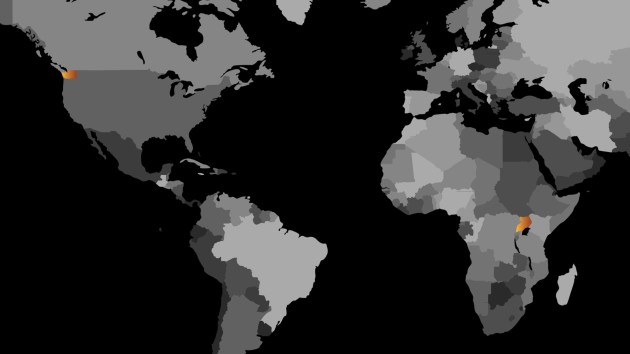
Sister Schools operates by pairing schools in the Seattle area with schools and orphanages in Uganda. In the fall, my dad goes around and gives a presentation about what it’s like in Uganda, much like I did in my first post. No seriously, I stole all those pictures from his slideshow and I could probably recite his speech word for word at this point.
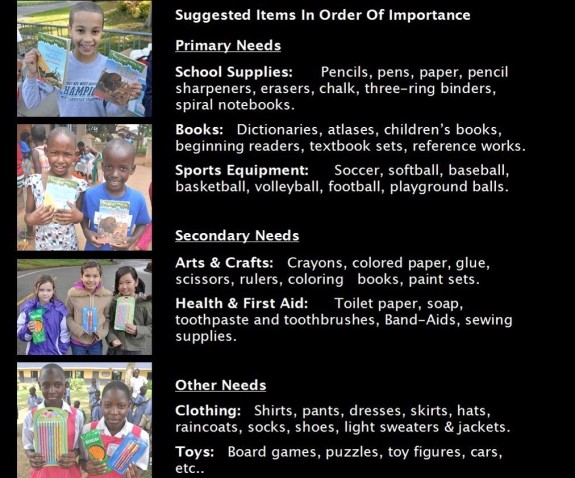
At the end, students are asked to contribute. We take whatever they can spare, new or used – provided it’s usable and within shipping regulations, it can go over. The point of this is not to make families go out and spend more money. It’s to teach kids that they can make a difference. Regardless of who they are, they can participate.

At the end of the supply drive, my dad returns to collect the donations. But before he loads them up, something very special happens. Classroom by classroom, Seattle students come out to have their pictures taken with the things they brought in. Although it’s mostly seen as a fun break from school, it becomes very important later on in the year-long program.
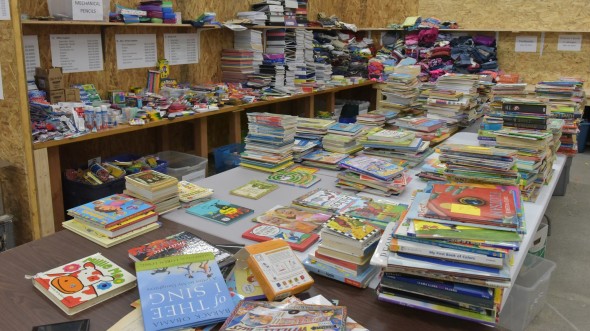
Once everything is collected, it gets taken to our warehouse to be sorted, packed, and labeled. Every type of donation imaginable gets separated – pens from pencils, spiral notebooks from composition books, boy’s shorts from girl’s dresses. Beyond that, special care is taken to ensure that schools don’t get mixed. Donations from Fernwood Elementary all stay together and separated by labels from those from Dearborn Park. With the exception of that ONE HANDFUL OF PENCILS THAT JUST REFUSE TO FIT IN THE BOX and have to wait for the next school, donations don’t get mixed.
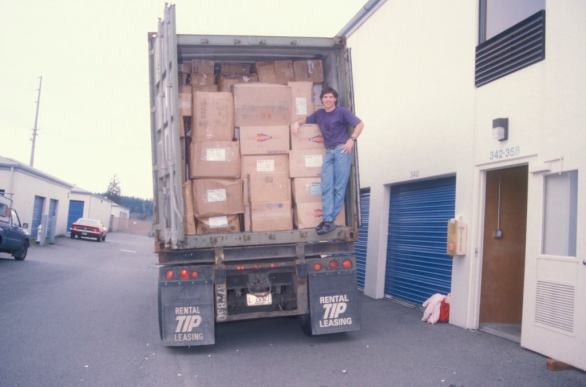
In mid-December, the container is packed and shipped off to Uganda. In general, it arrives in time for the team arriving in April, although international shipping is not the most reliable. For this reason, the team carries many of those photographed items with them in checked luggage.
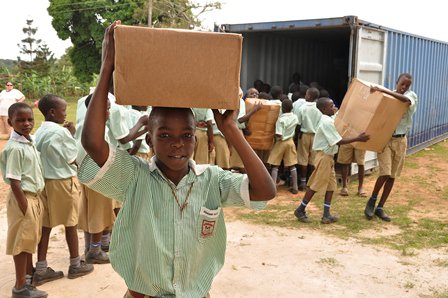
Once in Uganda, and with the help of local students, Sister Schools works to unload the container of supplies. Remember those labels that distinguished the Seattle Schools? They also tell us where the donations are going: all the boxes from Catherine Blaine will be benefiting a school and an orphanage.
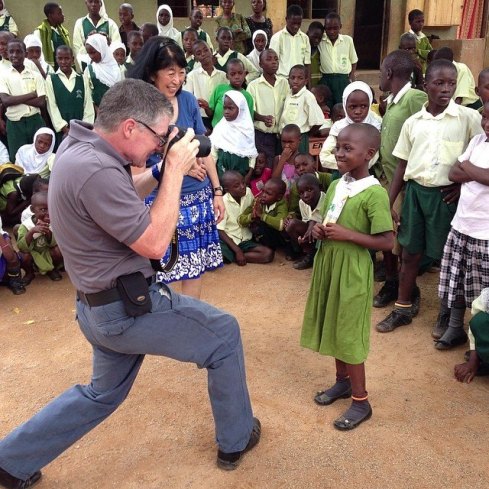
Once the boxes are loaded up and delivered to the receiving school, Sister Schools makes the rounds again. And just like before, we make sure to take pictures of students who are receiving the donations.
Once the trip is complete, the team returns home, but quickly gets started on the return presentations. That’s right – this isn’t just a one and done. My dad returns to each and every school, program, and organization that donated supplies to show them the impact that they’ve made.
Students get to see first-hand how they’ve impacted the lives of the Ugandan counterparts. The friends who donated pencils and crayons get to see the student who gets to use them. The young girl who gave away her dress sees the girl in the orphanage who received it. Yes, Sister Schools is helping children in Uganda. But their main goal is to inspire philanthropy in Seattle students by teaching them that they can make a difference. Each return presentation ends with this thought: if you can change the lives of children in Uganda, imagine what you can do in your classroom, or at home, or down the street.
Additional Programming
In addition to the regular program, Sister Schools also has specialty projects that they work on based on their encounters with the original.
As an optional second-year program, schools can choose to fundraise in addition to their supply drive. This goes to buy and make school packs for day students in Uganda. Although many students are boarders at the school they attend, others must walk every day from home. When your parents have difficulty buying you a pencil for school, how can they be expected to buy a backpack to carry your supplies? Filled with some of the donated supplies, these packs not only make it easier for commuting students to get to school, it also gives them something to show their parents, who are hopefully inspired to encourage and keep them in school.
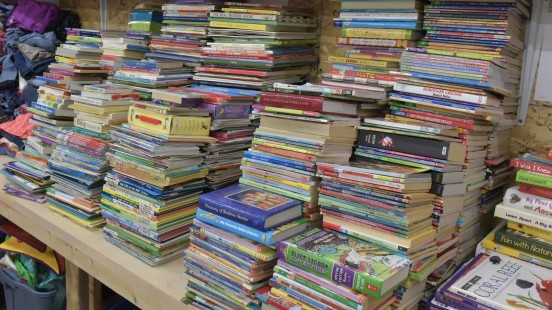
Another problem that Sister Schools encountered was the amount of books they were receiving. Obviously, that’s a fantastic problem to have. Seattle schools were donating hundreds of pounds of picture books, fiction and non-fiction books, encyclopedias, and teacher’s aides.
The issue was concerning the books when they got to Uganda. If you can’t protect your students from the elements, how can you protect your supplies? Rain can easily wreck materials, even if the school is lucky enough to have a makeshift hut to teach in.
That’s where the Literacy Centers come in. We now use our old shipping containers to create a place where books and other materials can be safely stored and students can use it as a library. Using the container as sort of base, the rest of the center is built around it.
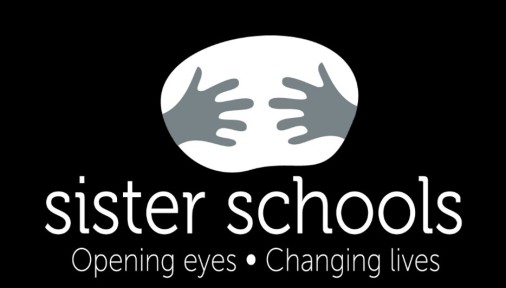
That’s pretty much Sister Schools in a (large and very verbose) nutshell. As you can probably tell, I’m super passionate about Uganda and this program. Tune in next time to hear more about my thoughts and why I’m still so involved.
Thanks!
Ella
UP NEXT: My Story









